Another super super SUPER common question I am asked be people is “what is your go-to lighting setup?” I’m ready to show you common types of lighting in food photography!
Well, it depends. I really do my best to match the mood of the product or brand of the client with my lighting setup, because we all know that with no light, there is no photography. But really, it makes a huge difference!
To be honest, I used to be an “all natural light” kind of girl. But I think it was because I was so scared to learn how to use artificial light properly. It’s not that I don’t like to use natural light anymore, because sometimes it just works out that it’s perfect and gorgeous that I would be crazy not to use it. The problem with relying solely on natural light is that it’s inconsistent and we can’t control the sun. Artificial light has given me the gifts of control and of choice.
I’m going to show you 4 examples of work with 4 different lighting setups so you can see the difference!
Natural Light:

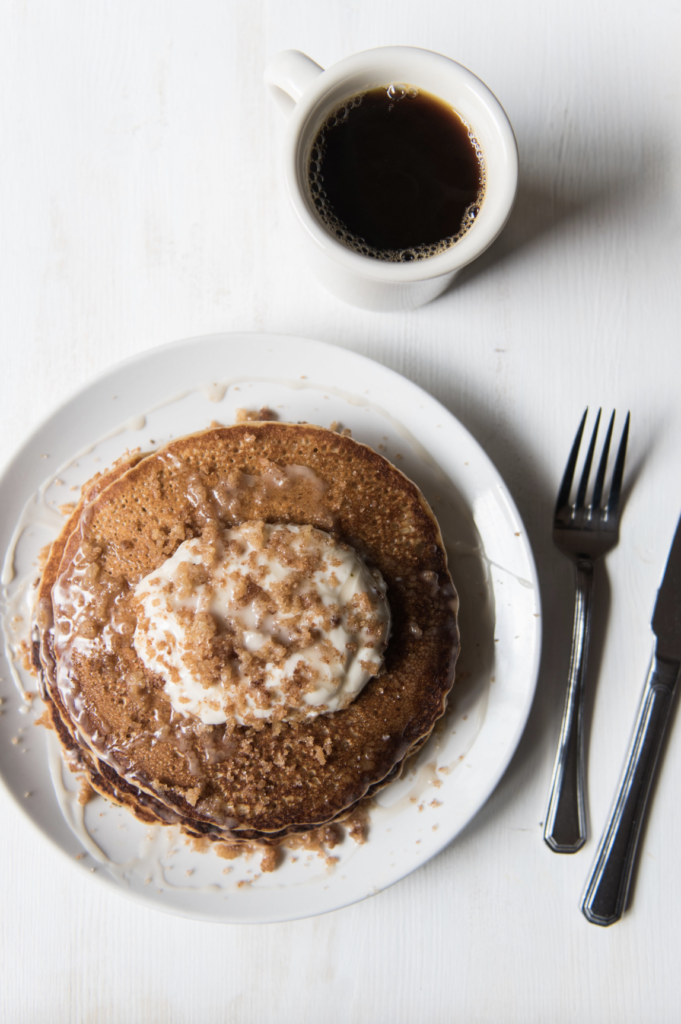
When I shoot with natural light, I try to set up next to a window and just have one light source. If it’s too dark on one side, I’ll use a white posterboard as a bounce to fill in some of the shadow.
Pros: Easy AF, barely any equipment, looks pretty
Cons: little/no control, less sharp than artificially lit still life
Single Light Source with Diffusion:
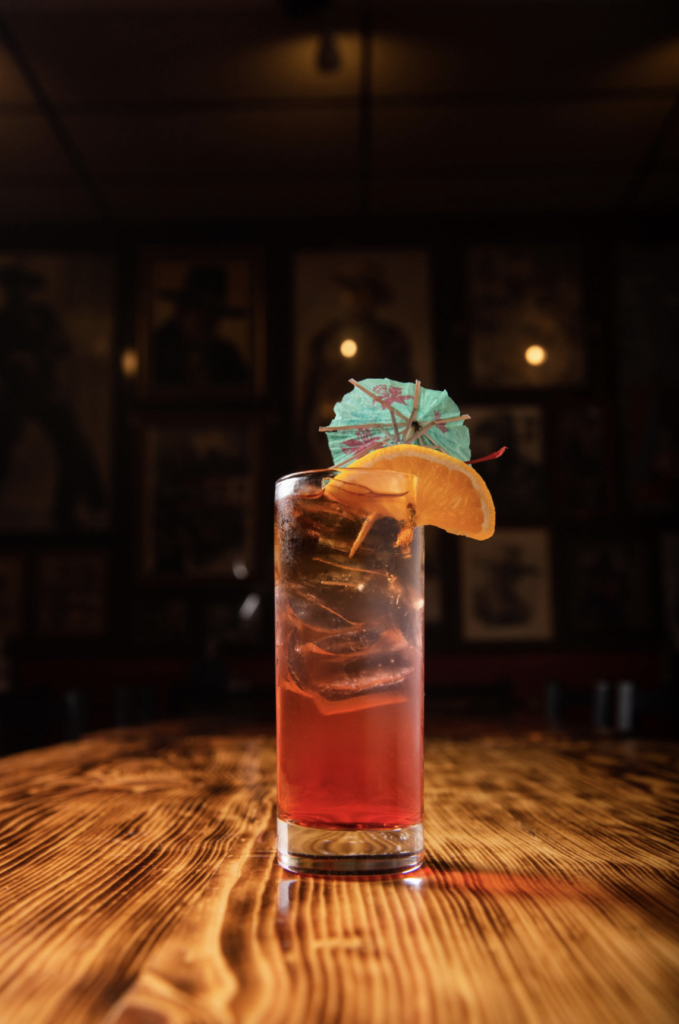
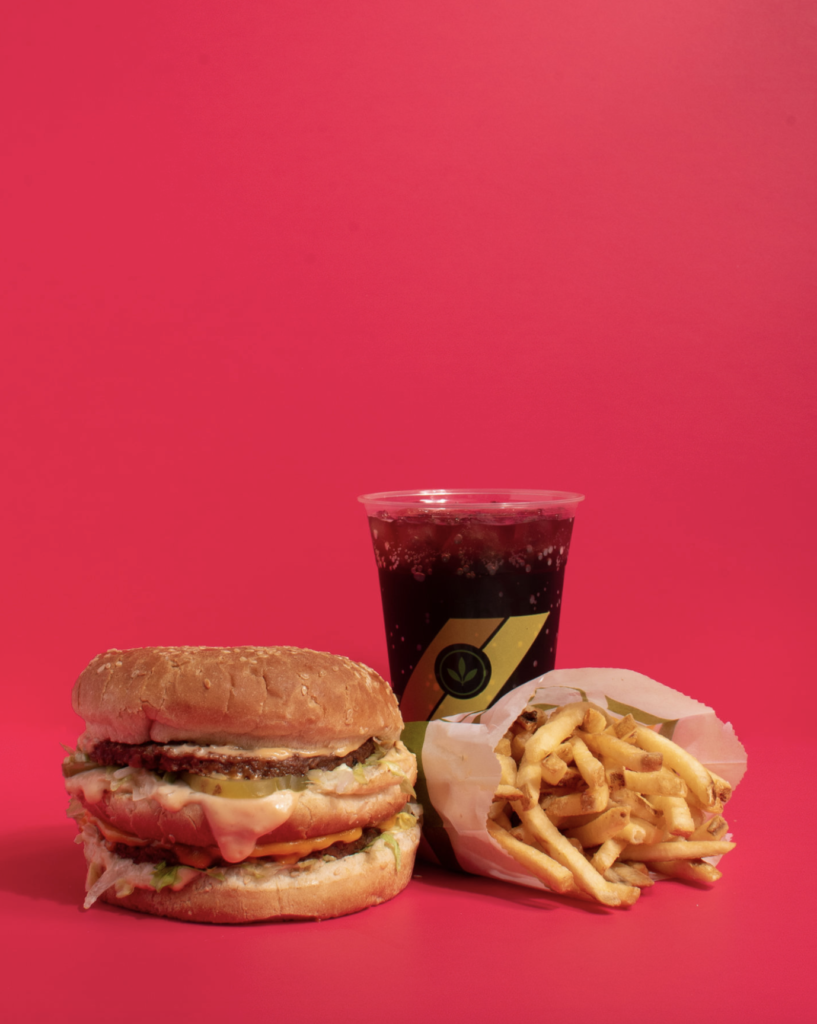
Both of these photos are taken with one strobe (side lit) with a softbox on it to diffuse the flash & a bounce on the opposite side to brighten some of the shadows. The first photo I chose to just use one light to keep the background a little darker. The second photo was a tiny set with no movement, so out of necessity, the second strobe wasn’t necessary.
Two Strobes:
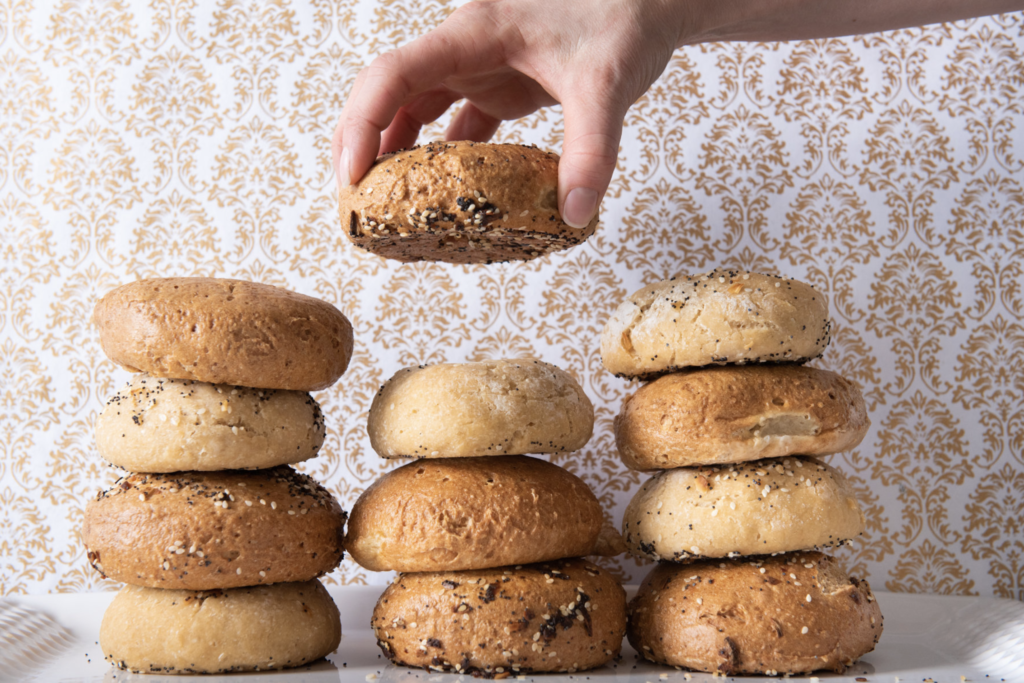

Both photos are taken with a main strobe side lighting the dish at about a 45 degree angle, and a secondary strobe to fill in the shadows at a 90 degree angle. The first one, both strobes have softboxes on them, and the bottom one, the primary strobe has a reflector instead of a strobe for some harder light.
Hard Artificial Light:
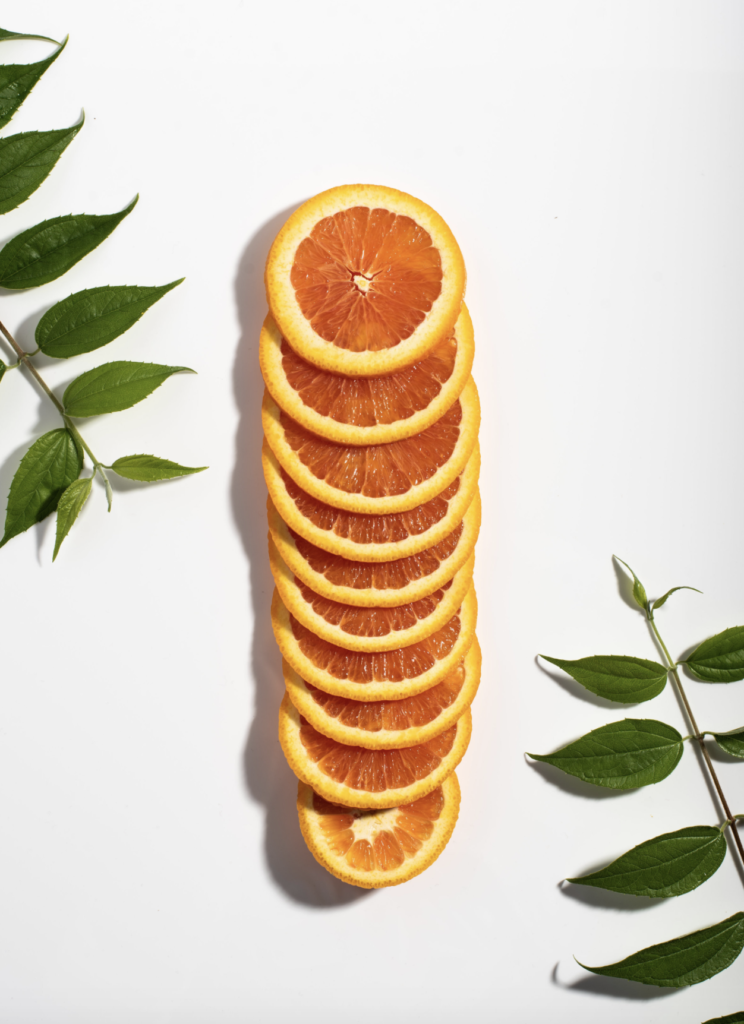
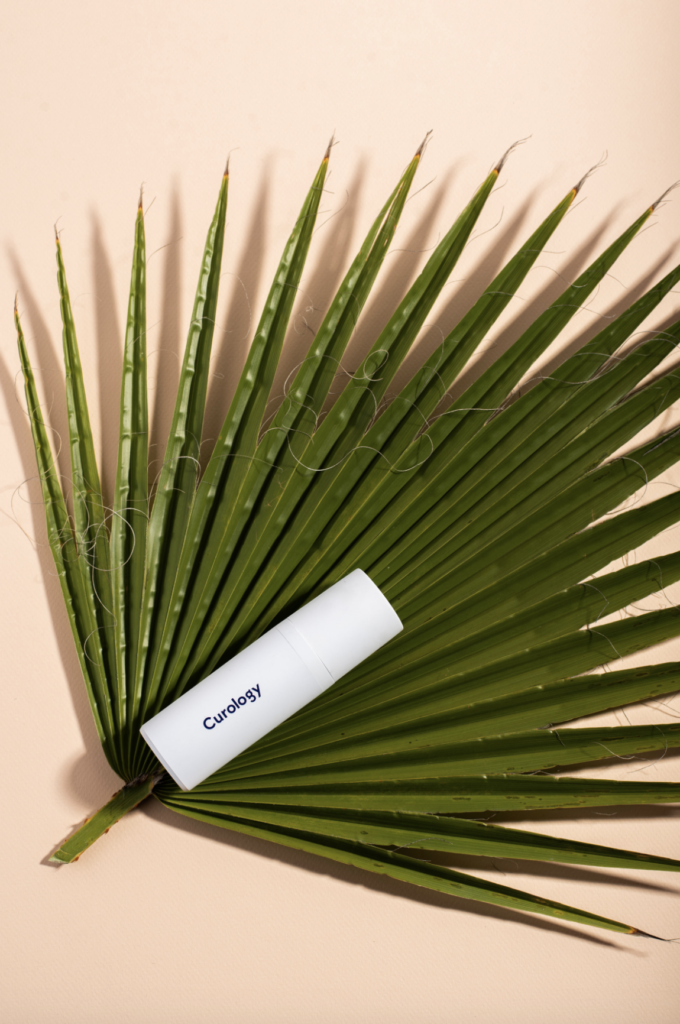
Both of these are lit with one strobe with a reflector on it rather than a softbox so that the shadow does not diffuse. I will use a bounce card on the other side of the subject so that the light isn’t as drastic – it fills in some of the darkness without altering the shape of the shadow.
Different brands, products and clients want different things. For example, if I photograph at a restaurant that is primarily a dinner restaurant with a darker, moodier vibe – more than likely I’ll try to give the photos a moodier feel with one light. If the client wants more of a bright & airy feel – I would try to use natural light for wider shots if it’s available, or multiple strobes with softboxes to imitate natural light.
There are an infinite number of ways to light still life photography – and these are some common types of lighting in still life photography. Some photographers like to use 5 lights with specific attachments. Some photographers like to keep it simple. I love that as I progress in my career – my technical abilities and tastes also evolve. I can’t wait to see where I am at the end of this year in my lighting journey!
Interested in learning more, contact me!
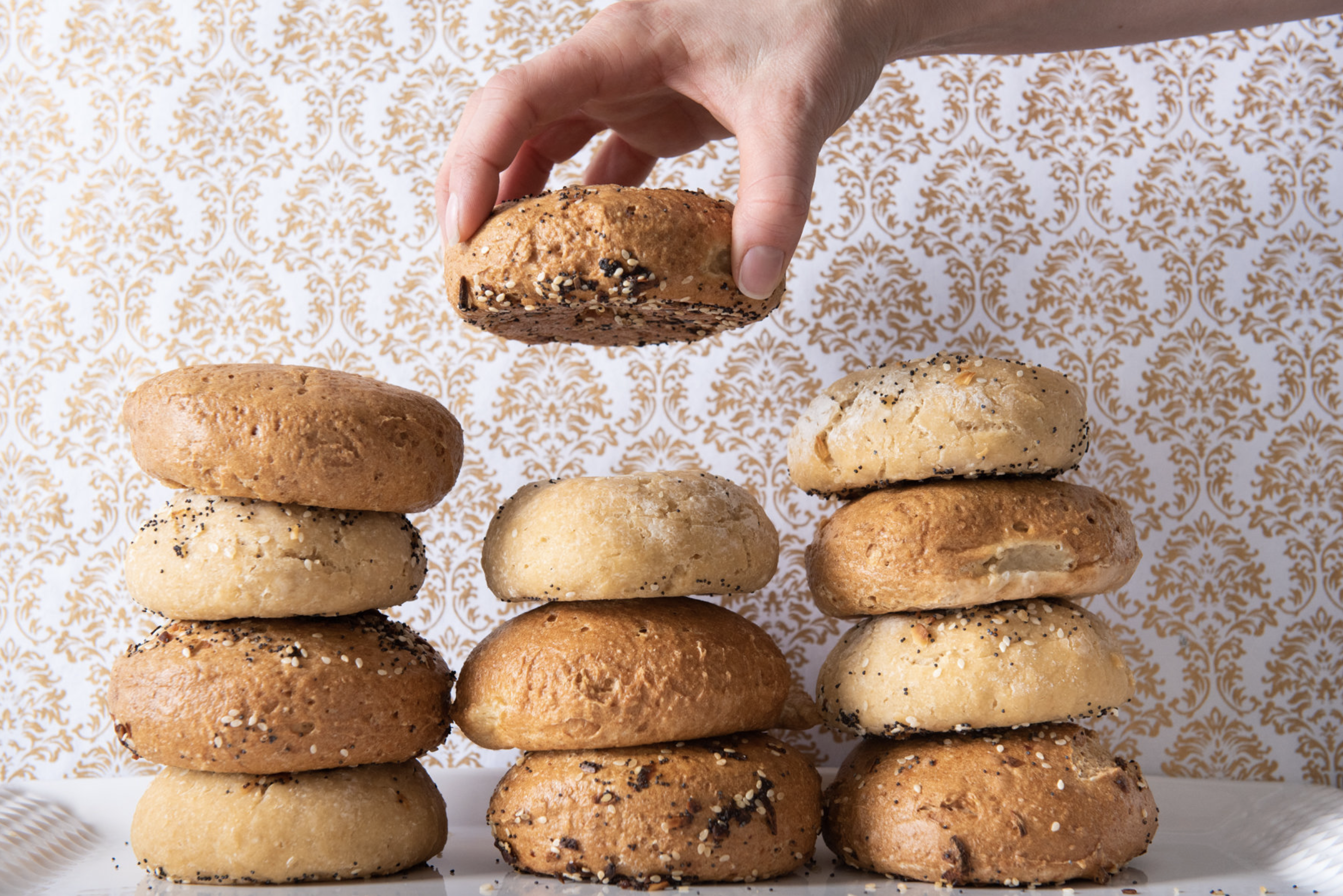
you said: